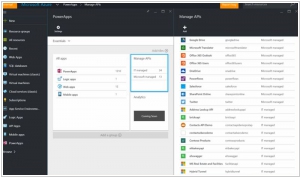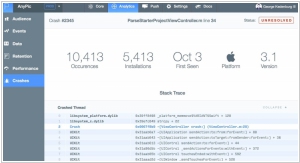Microsoft PowerApps vs Parse
June 10, 2023 | Author: Sandeep Sharma
Microsoft PowerApps and Parse are both platforms used in application development, but they differ significantly in their approach and capabilities. Microsoft PowerApps is a low-code development platform that allows users to create custom business applications without extensive coding knowledge. It offers a visual interface, drag-and-drop functionality, and pre-built templates to simplify the app development process. PowerApps is tightly integrated with Microsoft's ecosystem, including Azure services and Office 365, enabling seamless integration and data connectivity. It targets citizen developers and business users who want to quickly build functional applications for specific business needs. On the other hand, Parse is a mobile backend as a service (MBaaS) platform that provides developers with a ready-made infrastructure for building mobile applications. It offers features such as user authentication, cloud storage, push notifications, and social media integration, allowing developers to focus on building the frontend of their app. Parse supports multiple platforms and programming languages, providing flexibility and ease of use for developers. Parse is suitable for developers seeking a backend solution that simplifies common app functionalities, while PowerApps is ideal for non-technical users and business users looking to create custom business applications without extensive coding.
See also: Top 10 Mobile App Builders
See also: Top 10 Mobile App Builders
Microsoft PowerApps vs Parse in our news:
2016. Microsoft launched its no-coding app builder
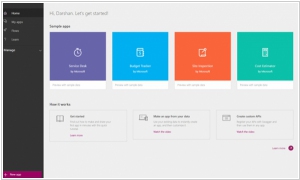
Microsoft has introduced a new service called PowerApps, enabling individuals to create basic business apps without requiring any coding skills. These apps are compatible with both web and mobile platforms, including the PowerApps apps for iOS and Android. Developing apps in PowerApps primarily involves a drag-and-drop approach. While the service provides an online dashboard, the actual design work is performed using a Windows 10 desktop app. Additionally, PowerApps offers several pre-designed templates for common use cases. Although building new apps from scratch is generally straightforward, it may not be as effortless as portrayed in Microsoft's marketing materials.
2014. Mobile app builder Parse adds crash reporting and local datastore
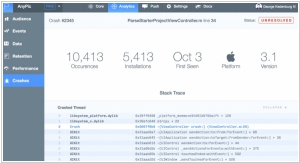
Parse, the mobile development platform that was acquired by Facebook last year, provides developers with a comprehensive set of features. However, one crucial aspect that was missing until now was crash reporting. While Parse offers an analytics service, developers had to rely on third-party tools to track app crashes. Fortunately, today, this much-needed feature has been made available. Another exciting addition is the support for Parse's local datastore on iOS, which was previously only available for Android. This framework enables developers to facilitate the use of critical app features even when users are offline, making it easier to deliver a seamless experience.
2014. App builder Parse adds A/B testing for push notifications
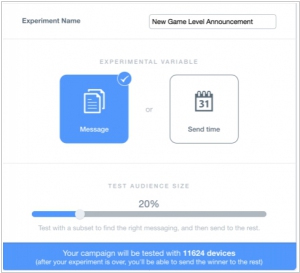
The latest feature being introduced by Parse, a subsidiary of Facebook, is called Parse Push Experiments. This feature is specifically targeted towards marketers and developers utilizing the Parse SDKs in their applications. It enables them to conduct A/B tests on various messages and timings for push notifications sent to mobile devices. The update seamlessly integrates with apps that are already using the most recent versions of the Parse SDKs, requiring no modifications from the developers' end. Instead, a new option has been added to the push composer in the Parse web console, allowing users to access A/B testing capabilities. According to Parse, over the past month, they have dispatched a staggering 2.4 billion mobile push notifications. Incorporating A/B testing into such a massive distribution system will undoubtedly have a significant impact on how and when millions of individuals choose to engage with their devices.

